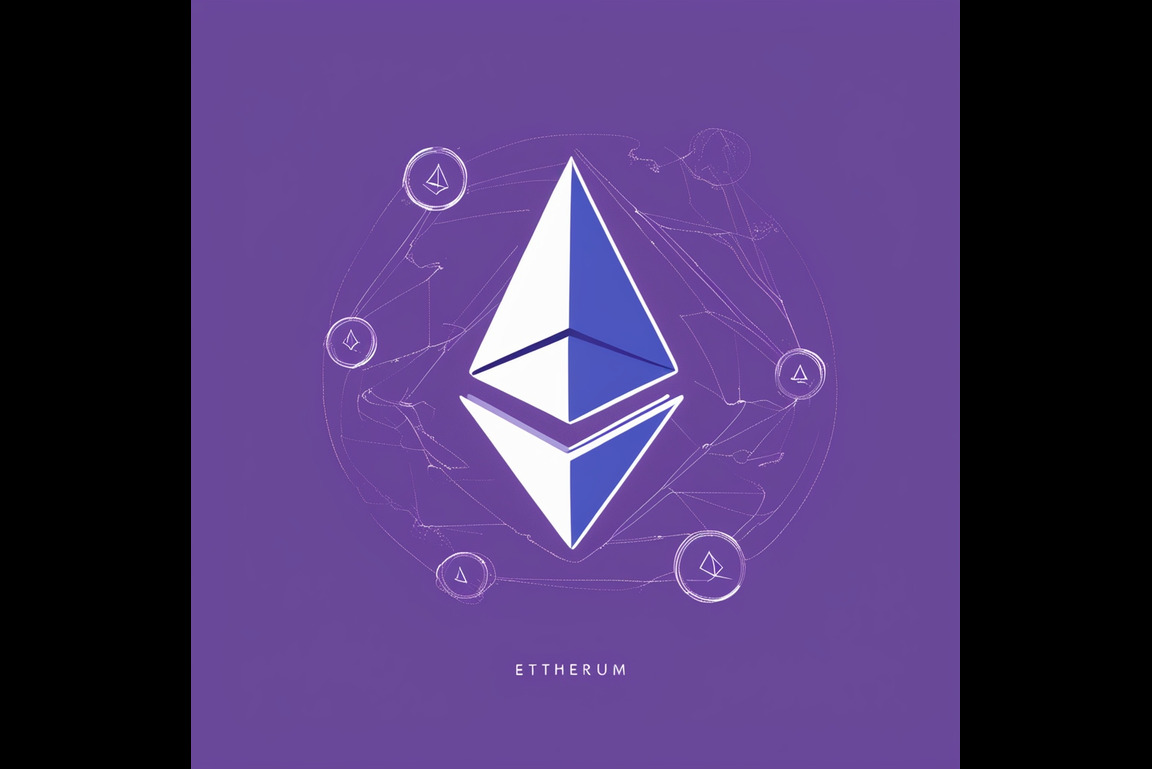
How a BDE Connects Business Vision With Technology
How a BDE Connects Business Vision With Technology Kumkum Kumari 21/11/2025At Speqto, we work with organizations that are constantly evolving entering new markets, scaling operations, or […]


Blockchain technology is transforming industries by enabling decentralized, trustless applications that run without a central authority. One of the most exciting ways to explore blockchain is by building a Decentralized Application (DApp). This guide will help you set up your very first DApp using Ethereum and Solidity.
Unlike traditional applications, DApps run on a blockchain network, ensuring transparency, security, and decentralization. They can be used for financial systems, games, identity management, NFTs, and much more. Learning how to build a DApp gives you the skills to contribute to the rapidly growing Web3 ecosystem.
First, install Node.js and npm from the official website. Then, install Hardhat, a popular Ethereum development framework:
mkdir my-first-dapp
cd my-first-dapp
npm init -y
npm install --save-dev hardhatRun:
npx hardhatand choose “Create a basic sample project”.
Inside the contracts folder, create a file named MyContract.sol:
// SPDX-License-Identifier: MIT
pragma solidity ^0.8.0;
contract MyContract {
string public message = "Hello, Blockchain!";
function setMessage(string memory newMessage) public {
message = newMessage;
}
}
This smart contract stores and updates a simple message on the blockchain.
Compile the contract with:
npx hardhat compileThen, update the scripts/deploy.js file with:
async function main() {
const Contract = await ethers.getContractFactory("MyContract");
const contract = await Contract.deploy();
await contract.deployed();
console.log("Contract deployed to:", contract.address);
}
main().catch((error) => {
console.error(error);
process.exitCode = 1;
});
Now deploy it locally:
npx hardhat run scripts/deploy.js --network localhostOnce deployed, you can interact with the contract using Hardhat console:
npx hardhat console --network localhostInside the console:
const contract = await ethers.getContractAt("MyContract", "DEPLOYED_CONTRACT_ADDRESS");
await contract.message();
await contract.setMessage("Hello Web3!");
You’ll see the updated message stored directly on the blockchain.
By deploying this simple DApp, you’ve learned the fundamentals of blockchain development: writing smart contracts, compiling them, deploying to a blockchain, and interacting with them. From here, you can expand into creating full-fledged Web3 applications with frontends using frameworks like React and libraries such as Web3.js or Ethers.js.
Building a DApp might seem challenging at first, but starting small makes the process easier. With just a few steps, you can write and deploy your first smart contract. As you progress, you’ll explore advanced concepts like DeFi, NFTs, and cross-chain applications. Blockchain development opens up a new world of opportunities—your journey starts here.

How a BDE Connects Business Vision With Technology
How a BDE Connects Business Vision With Technology Kumkum Kumari 21/11/2025At Speqto, we work with organizations that are constantly evolving entering new markets, scaling operations, or […]

Apache JMeter Demystified: Your 7-Stage Blueprint for a Seamless First Performance Test
Apache JMeter Demystified: Your 7-Stage Blueprint for a Seamless First Performance Test Megha Srivastava 21 November 2025 In the intricate world of software development and deployment, ensuring a robust user experience is paramount. A slow application can quickly deter users, impacting reputation and revenue. This is where Apache JMeter emerges as an indispensable tool, offering […]

STRIDE Simplified: A Hands-On Blueprint for Pinpointing Software Threats Effectively
STRIDE Simplified: A Hands-On Blueprint for Pinpointing Software Threats Effectively Megha Srivastava 21 November 2025 In the intricate landscape of modern software development, proactive security measures are paramount. While reactive incident response is crucial, preventing vulnerabilities before they become exploits is the hallmark of robust software engineering. This is where threat modeling, and specifically the […]

From Static to Streaming: A Practical Developer’s Guide to Real-time Applications Using GraphQL Subscriptions
From Static to Streaming: A Practical Developer’s Guide to Real-time Applications Using GraphQL Subscriptions Shakir Khan 21 November 2025 The Paradigm Shift: From Static to Streaming Experiences In an era where user expectations demand instant gratification, the web has rapidly evolved beyond its static origins. Today, a modern application’s success is often measured by its […]

The TanStack Query Edge: Deep Dive into Advanced Caching for Optimal Application Speed
The TanStack Query Edge: Deep Dive into Advanced Caching for Optimal Application Speed Shubham Anand 21 November 2025 In the relentless pursuit of seamless user experiences and lightning-fast web applications, data management stands as a formidable challenge. Modern front-end frameworks demand intelligent solutions to handle asynchronous data, and this is precisely where TanStack Query (formerly […]